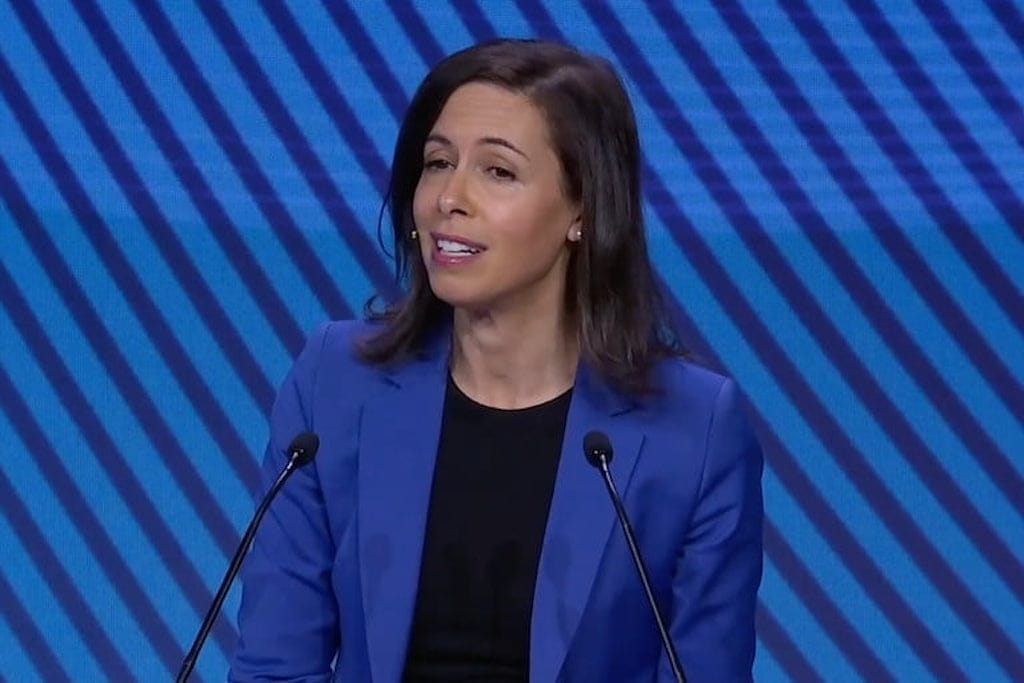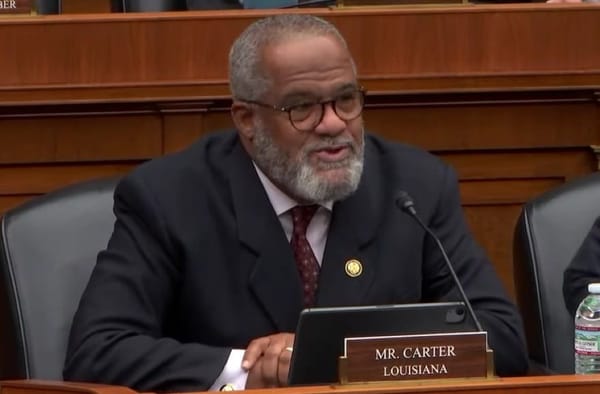FCC’s Rosenworcel: Broadband Nutrition Labels Will Create New Generation of Informed Buyers
The FCC hopes companies will make it easier for consumers to choose a broadband plan that fits their needs.
Justin Perkins

WASHINGTON, March 11, 2022 – The Federal Communications Commission’s broadband nutrition labels will usher in a new era where buyers have simple information about what they’re buying, agency Chairwoman Jessica Rosenworcel said Friday.
Consumers should know what they’re signing up for when they spend hundreds “or even thousands” of dollars per year for internet service. She was speaking at Friday’s commission hearing on its so-called broadband nutrition label initiative.
The hearing comes on top of a public comment period on the initiative. Many providers are pushing for more flexible regulations on compliance.
When consumers choose a broadband provider for their household, Rosenworcel said may people make decisions with “sometimes incomplete and inaccurate information.”
“The problem for broadband consumers isn’t a total lack of information, but there’s loads of fine print,” Rosenworcel said. “It can be difficult to know exactly what we are paying for and these disclosures are not consistent from carrier to carrier,” which makes comparing prices and services harder and more time-consuming for consumers.
The comments built on other recent speeches by Rosenworcel promoting the initiative, encouraging state attorneys general’s ability to enforce companies’ commitments through their states’ consumer protection statutes.
The FCC began a plan in 2015 for broadband labels that was voluntary. The new initiative directed by last year’s bipartisan infrastructure law makes this effort mandatory for broadband providers.
Matt Sayre, managing director of cross sector economic development firm Onward Eugene, said residents in rural Oregon would benefit from simple information when considering broadband providers. During a time where dial-up and satellite-based offerings were primarily available, Sayre said his neighbors “never used terms like latency or packet loss.”
“These are important aspects of good internet service, but not easily understood by most people,” Sayre said. “Citizens understood they needed better service but were uncertain about what tier of service they needed. This is where broadband labels can be very helpful.”
The hearing was the agency’s first on the initiative.










Member discussion